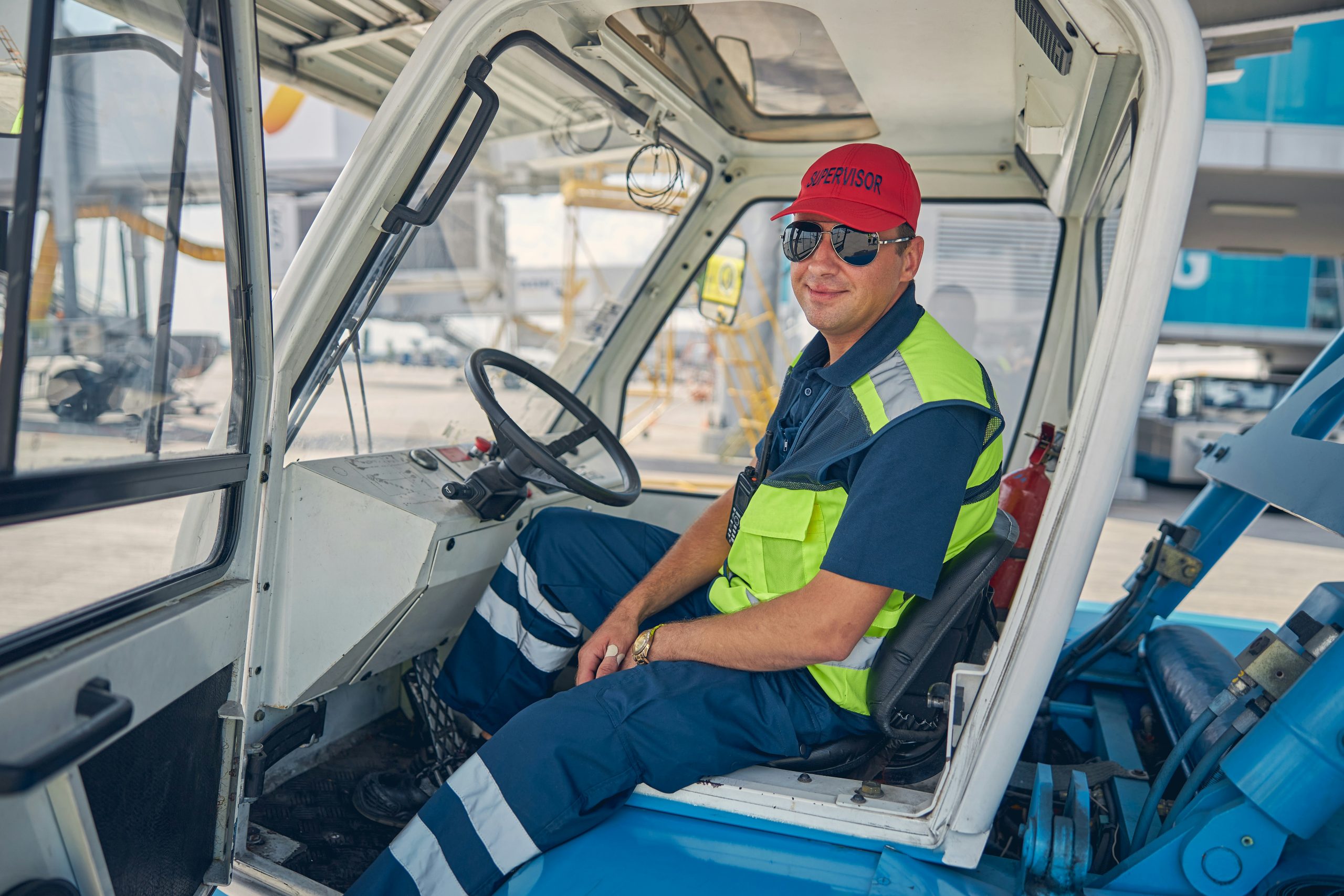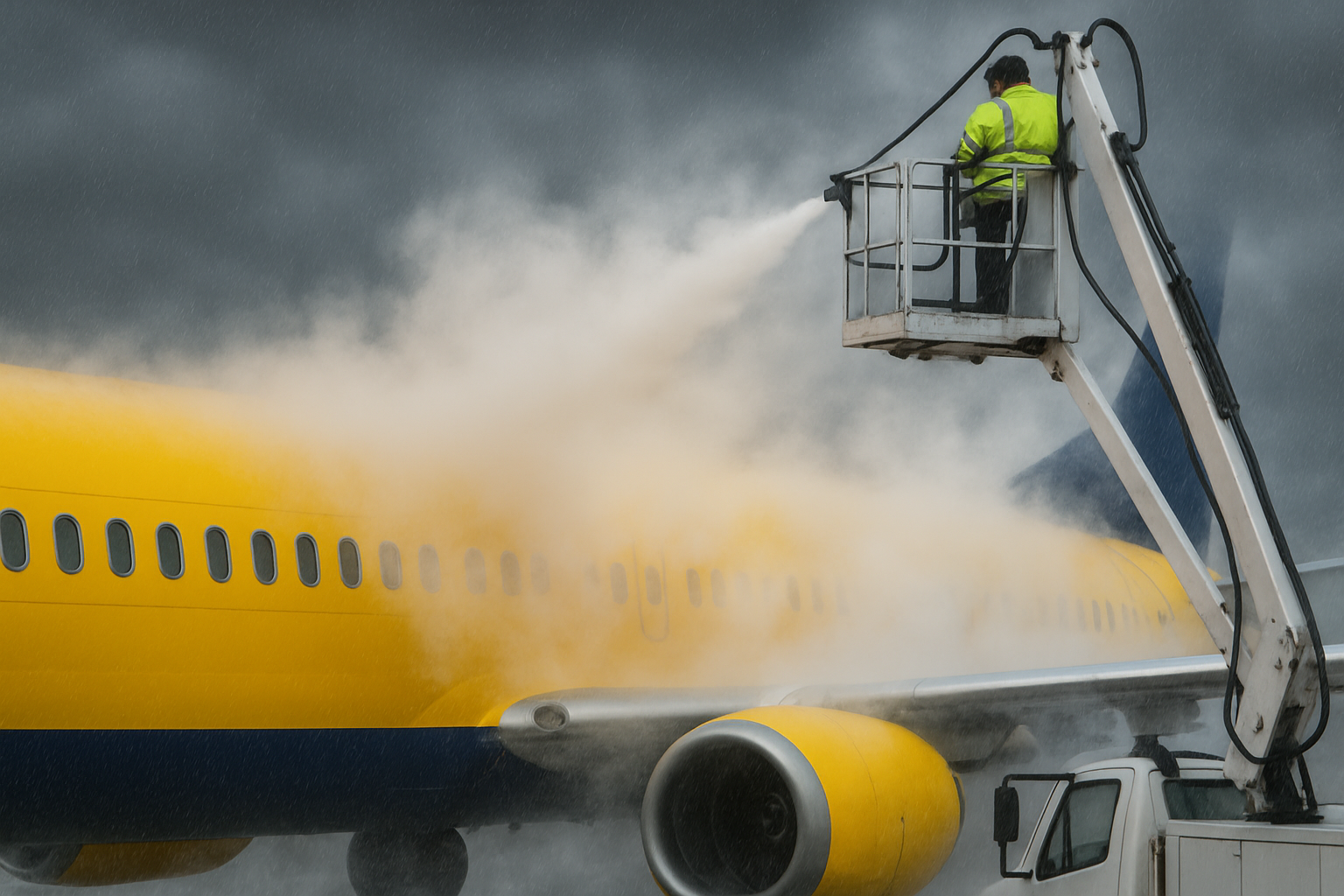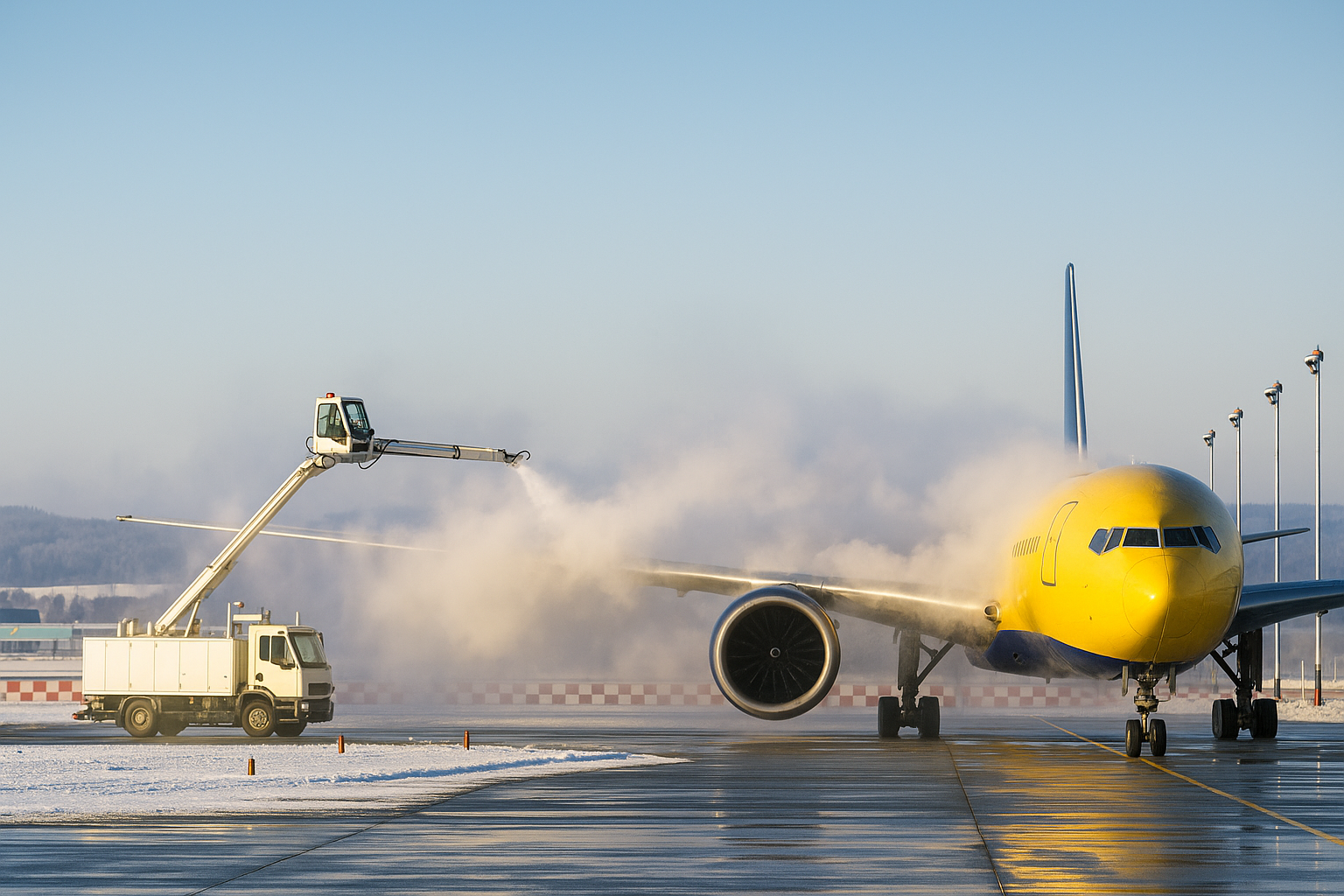Aviation Safety Training

Airside Safety and Supervision of Aircraft Loading and Unloading Processes during Ground Handling.
AIRSIDE SAFETY AND SUPERVISION OF AIRCRAFT LOADING/UNLOADING
Modern aviation relies on highly coordinated and standardized processes both in the air and on the ground. Ground handling of aircraft involves numerous operations that must be carried out safely, accurately, and efficiently. In this context, airside safety and effective supervision of loading and unloading processes are critically important for preventing incidents, minimizing delays, and ensuring uninterrupted operations.
Airside safety includes all measures and procedures that ensure the safety of aircraft, personnel, and equipment in the apron area, taxiways, and runways.
Regulatory Framework
✓ ICAO Annex 14 – Aerodromes
✓ IATA Airport Handling Manual (AHM)
✓ EASA regulations and national aviation authorities
Airside safety and effective supervision of loading and unloading operations are fundamental elements of overall aviation safety. They require a comprehensive approach that combines technical expertise, organizational discipline, and continuous communication among all stakeholders. Maintaining high standards in these areas is not only a regulatory obligation but also a moral duty to passengers and crew.
Aircraft De-Icing Operations on the Ground
Di – L10, Di-L20, Di – L30, Di – L 30 B, Di – L60. DEICING/ ANTI-ICING OF AIRCRAFT ON THE GROUND – LEVEL DI – L10, DI-L20, DI – L30, DI – L 30 B, DI – L60
Aircraft icing is one of the most serious risk factors in aviation, especially during the winter season. Ice accumulation can significantly impair an aircraft’s aerodynamic performance, affect its controllability, and compromise flight safety.
Ground de-icing involves a set of procedures and technologies aimed at preventing or removing ice, snow, or frost from the aircraft before takeoff.
Regulations and Standards
✓ ICAO Doc 9640 – Manual of Aircraft Ground De/Anti-icing Operations
✓ FAA AC 120-60 – Ground Deicing and Anti-Icing Program
✓ IATA AHM 611 – De/Anti-Icing Procedures
✓ National regulations (e.g., BULATSA, CAA)
De-icing is a vital part of aircraft ground handling during the winter season. It requires strict adherence to procedures, a high level of training, and precise coordination among all stakeholders within the airport infrastructure. Investments in technology, training, and sustainable practices contribute not only to safety but also to the efficiency and environmental responsibility of the aviation industry.
Human Factor
Aviation is one of the most regulated and technologically advanced industries, yet even the most sophisticated equipment cannot eliminate the risk posed by human error. Over 70% of aviation incidents and accidents are directly or indirectly caused by human factors. Understanding and managing human factors is critical to ensuring the safety, efficiency, and reliability of air transport.
Human factors in aviation encompass the interaction between individuals (pilots, air traffic controllers, technicians, ground personnel, etc.), technology, and the environment in which aviation operations take place. This includes psychology, physiology, work organization, communication, training, and even cultural aspects.
The human factor remains the most dynamic and difficult element to control in aviation. That’s why effective management is essential to overall aviation safety. A combination of technical approaches, training, organizational culture, and proper supervision is the only sustainable path to minimizing errors and enhancing the reliability of the aviation industry.
Quick Links:
Contacts
- j.k. Druzhba 2, ul. Deliyska vodenitza, bl. 330 fl. 6, Sofia - 1582
- office@bairo.eu
- +359 2 488 3555
- Mon - Fri 8:00 - 16:30
© Copyright 2025. All rights reserved.









